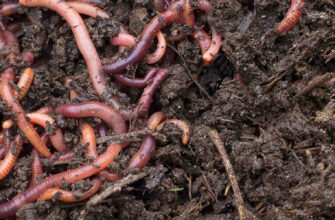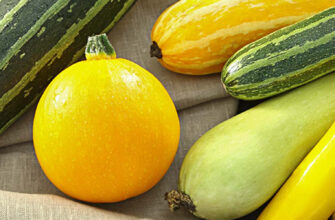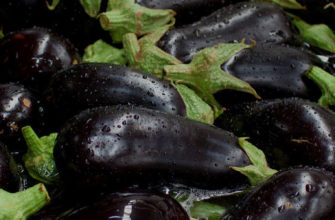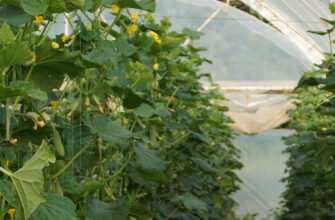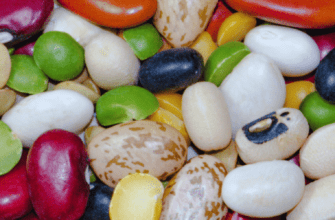Coconut substrate is gaining popularity as a versatile medium for plant cultivation due to its unique properties and numerous advantages. Ideal for gardening, hydroponics, and home cultivation, this material offers significant benefits. This article explores what coconut substrate is, how it is produced, its forms, advantages, drawbacks, and provides detailed recommendations for selection, preparation, and use.
- What is Coconut Fiber Substrate?
- How is Coconut Substrate Made?
- Advantages of Coconut Substrate
- Disadvantages of Coconut Substrate
- Comparison with Other Substrates
- Types of Coconut Substrate
- Forms of Coconut Substrate
- Applications of Coconut Substrate
- Choosing High-Quality Coconut Substrate
- Preparing Coconut Substrate
- Innovations in Coconut Substrates
- Tips for Commercial Cultivation
What is Coconut Fiber Substrate?
In the past, coconut husks, left after extracting the flesh and juice, were considered waste. The material, from the outer husk to the inner shell, was discarded until its many applications in gardening and household use were discovered. The sturdiest coconut fibers were used to make items like baskets, ropes, and bedding, while finer fibers, once thrown away, are now processed into loose peat, compressed briquettes, coconut tablets, pots, and plant supports.
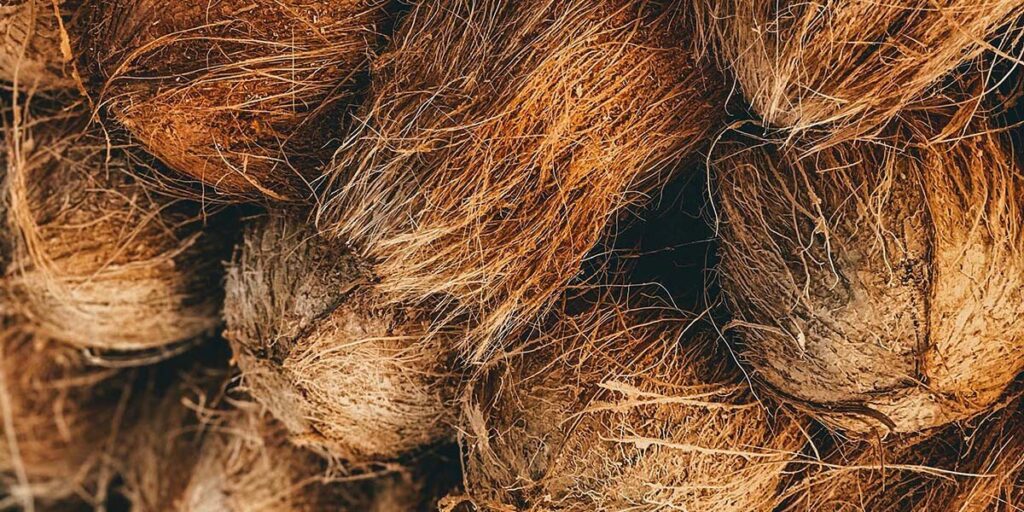
Coconut substrate is a plant-based material with a neutral pH (5.6–6.8), making it suitable for most plants. However, some crops may require slight pH adjustments, so gardeners often mix coconut fiber with soil, compost, or perlite. Mixing reduces the amount of coconut used and creates a more nutrient-rich environment, promoting healthy plant development.
How is Coconut Substrate Made?
Producing coconut substrate is a multi-step process:
- Fiber Separation: Coconut husks are soaked in water (fresh or saline) for several days to loosen and soften them.
- Drying: After soaking, the husks are dried for 12–14 months to remove excess moisture and stabilize the material.
- Grinding and Shaping: The dried fiber is ground and formed into various products, from loose peat to briquettes, tablets, or pots.
- Cleaning: To remove salts (especially from saline soaking), the substrate is washed and, if needed, sterilized. High-quality producers use biological sterilization methods (e.g., heat treatment) to avoid chemical processing, which can damage fibers or reduce effectiveness.
A drawback of this process is the high carbon footprint due to transporting coconut substrate from tropical countries (e.g., India, Sri Lanka, or the Philippines). To reduce environmental impact, choose substrates from producers using local sources or sustainable processing methods.
Advantages of Coconut Substrate
Coconut substrate offers numerous benefits, making it a favorite among gardeners:
- High Water Retention: The substrate can hold 8–10 times its weight in water, ensuring roots have consistent access to moisture.
- Eco-Friendly: It is free of weed seeds, pathogens, or harmful substances.
- Reusable: Coconut substrate has no expiration date but must be washed and disinfected (e.g., with boiling water or biopesticides) before reuse.
- Renewable Resource: Unlike peat, extracted from bogs, coconut substrate is a byproduct of the coconut industry, making it a more sustainable choice.
- Pest Protection: Most insects avoid coconut substrate, reducing the risk of plant infestations.
- Ideal for Hydroponics: Its ease of use makes it perfect for hydroponic systems requiring a stable, neutral medium.
- Optimal pH: The pH range (5.6–6.8) suits most crops, such as tomatoes, peppers, orchids, or microgreens.
- Versatile Applications: It can be used as soil, mulch, a loosening agent for clay soils, or a cover material.
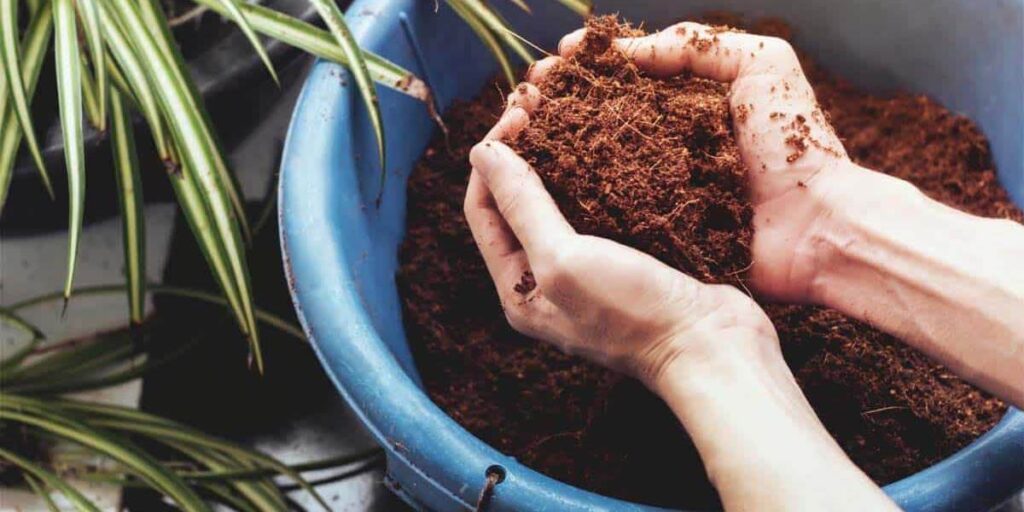
Disadvantages of Coconut Substrate
- Despite its advantages, coconut substrate has some drawbacks:
- Lack of Nutrients: It contains no nutrients, requiring the addition of fertilizers (e.g., liquid complex fertilizers with nitrogen, phosphorus, and potassium in a 20-20-20 ratio) or mixing with compost or soil.
- Preparation Effort: Compressed briquettes or tablets require soaking, adding labor to the process. To simplify, use warm water (40–50°C) and add liquid fertilizers (0.5–1% solution) during soaking.
- High Cost of Pre-Mixed Blends: Ready-to-use coconut mixes are convenient but expensive. To reduce costs, mix the substrate with affordable materials like compost (1:1) or perlite (2:1), depending on crop needs.
- Potential Salinity: Poorly washed substrate may contain residual salts harmful to plants. Always rinse with running water, checking salt levels with a TDS meter (optimal level below 0.5 mS/cm).
Comparison with Other Substrates
To better understand the uniqueness of coconut substrate, let’s compare it with other popular materials:
| Substrate | Water Retention | Nutrient Content | Eco-Friendliness | Cost | Ease of Use |
| Coconut Substrate | High (8–10x weight) | None, requires fertilizers | Renewable, but transport impacts carbon footprint | Medium | Requires preparation |
| Peat | Moderate | Low, needs fertilizers | Non-renewable, harms bogs | Low | Easy to use |
| Perlite | Low | None | Renewable, but energy-intensive production | High | Easy to use |
| Vermiculite | High | Contains trace elements | Renewable | High | Convenient, but fragile |
Coconut substrate outperforms peat in eco-friendliness and water retention but lags behind perlite in ease of use. It is ideal for hydroponics and organic farming but requires additional nutrients, unlike vermiculite.
Types of Coconut Substrate
Coconut substrate comes in three main types:
- Fiber: Long, thread-like fibers (up to 30 cm), strong and water-retentive, ideal for mulching or soil enhancement.
- Peat: Finely ground coconut shell, highly water-retentive, suitable for seed sowing.
- Chips: Large shell pieces, offering excellent air exchange, perfect for drainage (e.g., for orchids or gerberas).
Forms of Coconut Substrate
Coconut substrate is available in various forms:
- Non-Compressed Substrates:
- Fine Chips: Best for water absorption, ideal for sowing seeds and microgreens.
- Medium Fiber: Used to improve soil structure.
- Coarse Substrate: Suitable for plants needing high water permeability and aeration (e.g., orchids, succulents).
- Compressed Substrates:
- Tablets: For germinating seeds and cuttings.
- Briquettes (Bricks, Chips): For planting fruit tree or shrub seedlings.
- Discs and Sheets: For mulching trees and shrubs.
- Coconut Mats: For growing microgreens.
- Pots: For cultivating vegetable and flower seedlings.
Form Selection Tips:
- Use tablets for fast-growing crops (microgreens, lettuce) or seeds with small sprouts.
- Briquettes suit tomato or pepper seedlings requiring larger substrate volumes.
- Chips are ideal for orchids or epiphytes needing drainage.
- Discs and mats are convenient for mulching or cultivation in limited spaces.
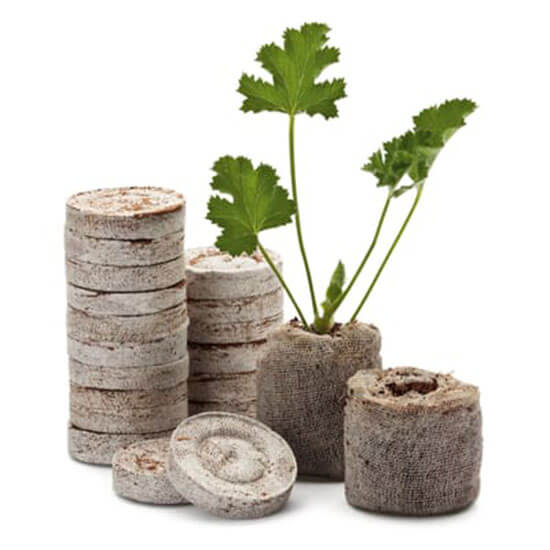
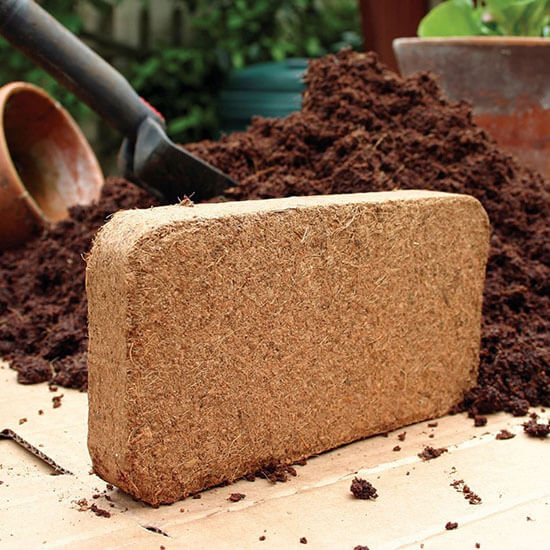
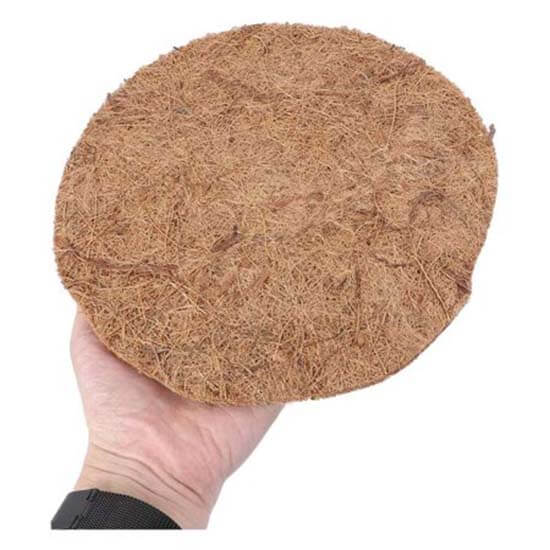
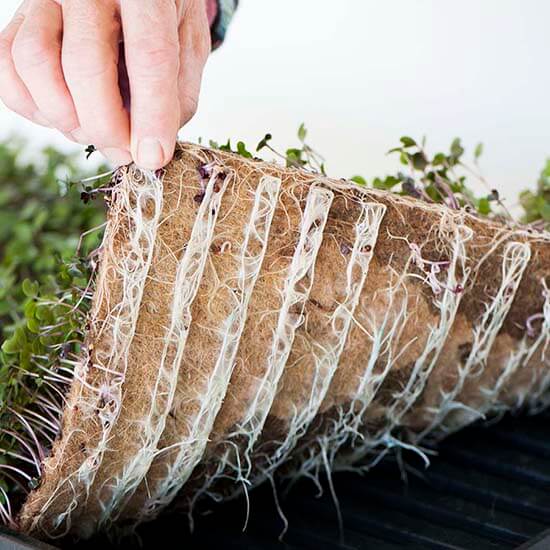
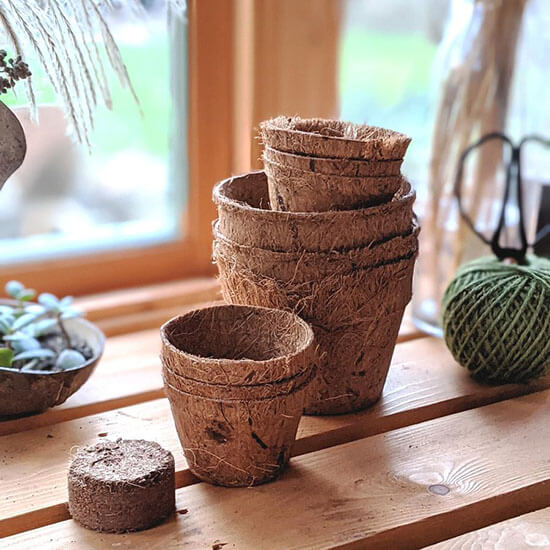
Applications of Coconut Substrate
Coconut substrate has a wide range of uses:
- Seedling Cultivation: Use pure coconut substrate or mix with vermiculite and compost (1:1). Solanaceous crops (tomatoes, peppers) are best grown in tablets until pricking out, then transplanted into a coconut-peat or compost mix.
- Houseplants: Add coconut substrate to soil (1:1) to keep a potting mix loose and moist. This is especially useful for plants needing stable moisture, like ficus or ferns.
- Bulb Propagation: Use pure coconut substrate or a peat mix to accelerate germination and enhance flowering (e.g., tulips, daffodils).
- Sowing Seeds in Soil: Add coconut peat to furrows in greenhouses or open ground to aid tender sprout emergence.
- Mulching: Spread coconut substrate between plants or around trees to suppress weeds, retain moisture, and provide organic fertilizer as it decomposes.
- Hydroponics: Coconut substrate is ideal for hydroponic systems due to its water retention and neutral pH. Use chips or fiber for crops needing high aeration, like strawberries or lettuce.
- Vertical Gardening: Use coconut mats or briquettes for vertical gardens in urban settings.
Choosing High-Quality Coconut Substrate
The quality of coconut substrate depends on harvesting, processing, and storage methods. Choose products from reputable suppliers who:
- Use fresh water for soaking to reduce salt content.
- Apply biological sterilization (e.g., heat treatment) instead of chemicals.
- Provide quality certificates confirming low salt levels and no pathogens. Check packaging: high-quality substrate has a uniform texture and no off-odors (e.g., mold or salt). If the substrate feels overly dense or dusty, it may indicate poor quality.
Preparing Coconut Substrate
Coconut substrate generally requires minimal preparation, but follow these steps:
- Rinsing: Wash with running water to remove excess salts. Use a TDS meter to check salt levels (optimal below 0.5 mS/cm).
- Soaking Briquettes: Soak compressed substrate in warm water (40–50°C) at a 1:4 ratio. After 20–30 minutes, stir to a uniform consistency. One kg of compressed coconut yields 12–15 liters of substrate.
- Adding Nutrients: Since coconut substrate lacks nutrients, add liquid fertilizers (e.g., 0.5% solution of 20-20-20 complex fertilizer) during soaking. For organic cultivation, use vermicompost or nettle infusion (1:10).
- Disinfection for Reuse: Before reuse, wash with boiling water or biopesticides (e.g., Fitosporin, 5 ml/10 l water) to eliminate pathogens.
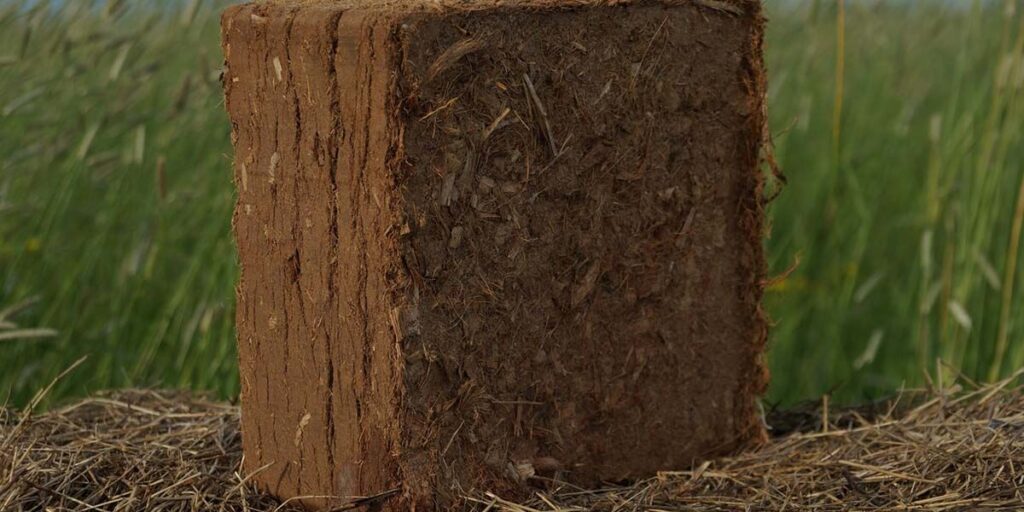
Innovations in Coconut Substrates
Modern developments make coconut substrates even more effective:
- Enriched Substrates: Some producers add organic fertilizers or micronutrients (nitrogen, potassium, phosphorus) to briquettes, simplifying cultivation.
- Hybrid Blends: Combining coconut fiber with compost, vermiculite, or biochar improves nutrient content and structure.
- Automated Systems: Coconut substrates are increasingly used in automated hydroponic systems and vertical farms, where their water retention and lightness optimize cultivation.
- Eco-Friendly Alternatives: Producers are developing substrates with partial coconut replacement (e.g., bamboo) to reduce carbon footprint.
Tips for Commercial Cultivation
For farmers using coconut substrate in large volumes, consider these steps:
- Automation: Use automated mixers and irrigation systems for soaking briquettes and evenly distributing fertilizers.
- Cost Optimization: Mix coconut substrate with local materials (compost, soil) at a 1:1 ratio to reduce costs.
- Hydroponic Integration: Use coconut chips or fiber in drip irrigation systems for growing berries, vegetables, or greens.
- Storage: Store dry briquettes in a dry, ventilated area to prevent mold or quality degradation.
Conclusion
Coconut substrate is a versatile and eco-friendly material, ideal for seedling cultivation, houseplants, hydroponics, and mulching. Its high water retention, neutral pH, and pest resistance make it invaluable in gardening. By comparing it with other substrates, selecting the right form, adding nutrients, and leveraging modern innovations, you can maximize its potential. Despite requiring preparation and additional fertilizers, this substrate ensures healthy plant growth and supports sustainable agriculture.
If you have found a spelling error, please, notify us by selecting that text and pressing Ctrl+Enter.

